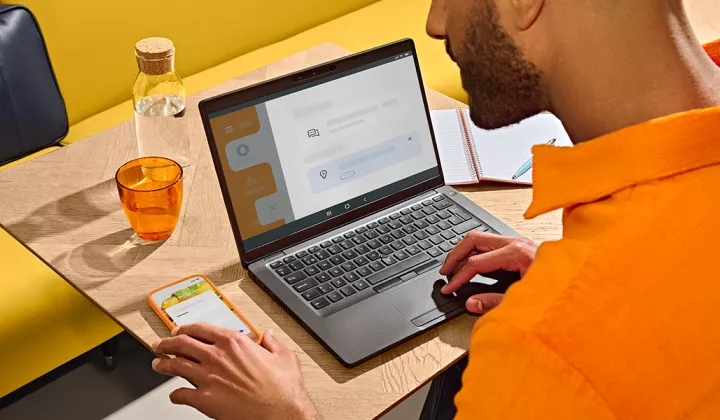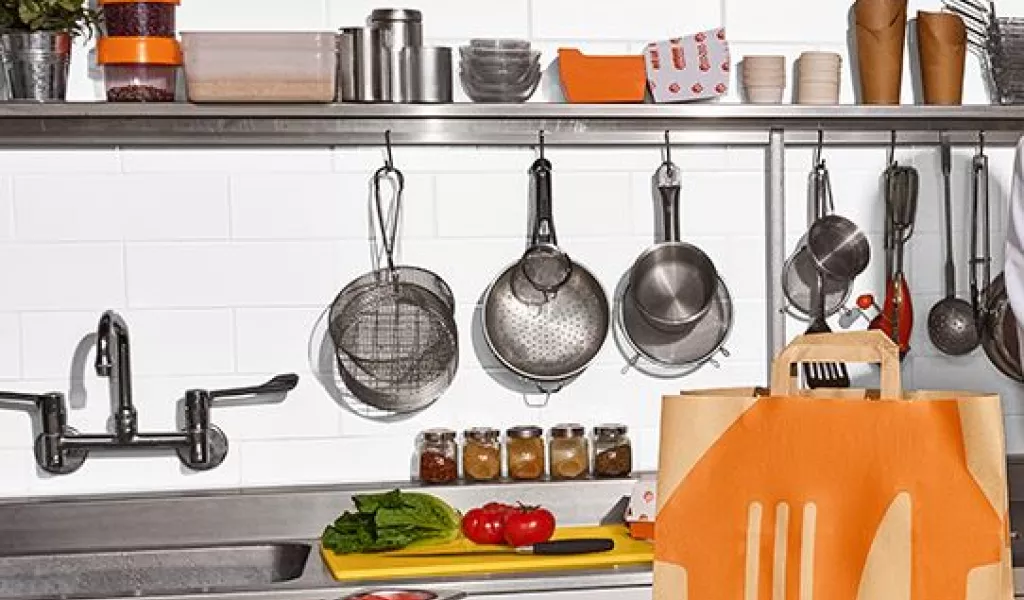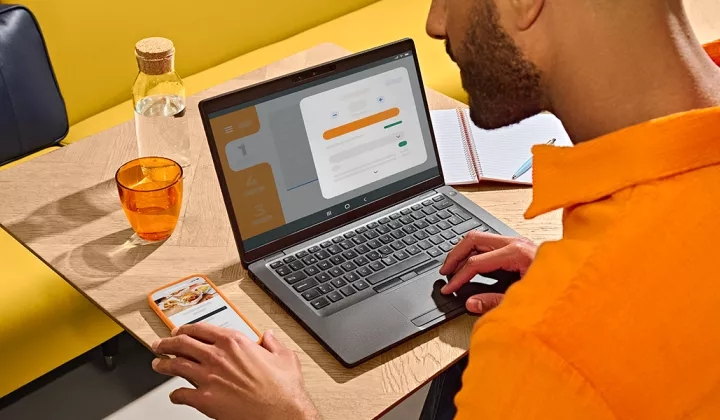
What you'll get from this article:
Update your appliances for greater energy efficiency and lower energy bills
When you’re buying a new appliance for your kitchen, look out for its energy label. The energy label tells you how much energy that appliance uses, comparing it to similar appliances. This can help you find appliances that use the least amount of energy. You should also consider the size of the appliance you need.
Upgrade to low-energy appliances where possible and when required, be sure to check the energy labels and remember to evaluate the cost of running the equipment, not just the cost of buying it.
Energy label scales range from A+++ to G (A+++ being the most efficient) and the more efficient appliances are often cheaper to run. For example, a D-rated fridge freezer over a F-rated unit will save you about £570 in energy bills over the lifetime of the product and will save on carbon emissions too.
LED bulbs use 90% less energy than incandescent bulbs.
Make sure you have a switch off policy that staff follow (signpost at light switches etc). Set timers outside working hours.
Standby energy is used by certain appliances when not in use and not switched off at the plug. We tend not to think to switch these off, but as they’re often on for 24 hours a day, these appliances gradually consume a great deal of electricity.
Where to shop for new appliances
Check out our range of kitchen equipment and appliances on the Just Eat Shop


